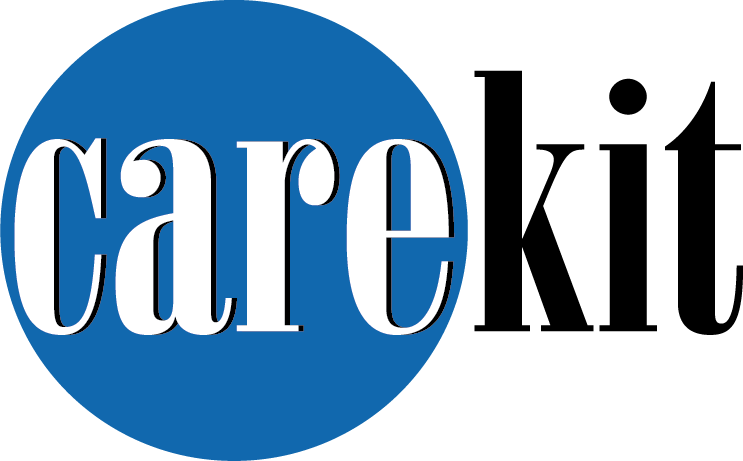Respiratory Care
The Science Journal of the American Association for Respiratory Care
2009 OPEN FORUM Abstracts
ASTHMA GREEN LIGHT, AN INNER CITY COMMUNITY-BASED ASTHMA EDUCATION PROGRAM
Background: Asthma is considered the most common cause of chronic illness in children. In this community, pediatric asthma affects 11.8% of its children. The 2007 National Asthma guidelines suggests that asthma education is one key to maintaining control of asthma symptoms. This study seeks to determine if a single education program, coupled with individualized telephone follow-up for parents of low income, inner city asthmatic children will empower families to effectively manage their children’s asthma and enhance their quality of life. Methods: This project was an educational intervention study with a pretest, posttest repeated measures design with no control group. Small 112 hour focus groups of parents of children with asthma were conducted during the required, regular parent meetings of children enrolled in daycare at 15 Head Start program sites. 54 families participated. Prior to the intervention, each parent completed a pretest to establish baseline asthma management experience and quality of life. Following the pretest, parents engaged in discussions on asthma triggers and management, followed by hands-on demonstrations. Families were provided with ethnographically-designed care kits containing an asthma action plan, educational materials and monitoring devices. Each family received a 30-day follow-up support call. 90-days later, the initial survey was repeated by telephone as a posttest. Results: Analysis revealed statistically significant improvement in participants’ use of the asthma action plans (33% pretest to 82% posttest) and use of environmental actions to control symptoms (50% pretest to 89% posttest). Further, the number of sequential, symptom-free days increased from 2.16 to 4.57 days, and the number of hospital visits decreased radically, from 25 in the 90-day period prior to the intervention, to 2 days at the 90-day posttest. Conclusion: This educational intervention has generated improvements in the ability of families to manage their children’s asthma. They have demonstrated an increase in the use of asthma action plans and taken environmental steps to reduce asthma symptoms. A single small-group educational program, accompanied by telephone follow-up can be an effective, low-cost means of enabling families to self manage asthma symptoms. Sponsored Research – None
© 2009 The Journal RESPIRATORY CARE Company

From a newsletter by Jefferson School of Population Health and Lilly USA, LLC
Magnet Recognition Program: Building Capacity for Innovations in Nursing
II. Magnet Model Component: New Knowledge, Innovations, and Improvements
Question: How do we build champions of quality improvement and address key patient care needs?
In developing educational programs to support nurse-driven self-care models for improving patient compliance in chronic disease management, MLH was introduced to Communication Science Care Kits. These kits are developed utilizing an evidence-based approach; for example, prior to designing materials for a heart failure (HF) self-care kit, evidence was gathered by anthropologists who observed HF patients at home. Evidence for design choices is made by sociolinguists and artists who craft the communication.
This ethnographic approach incorporates research from disparate fields – functional flow analysis (an engineering approach to step-by-step instructions), cognitive mapping, and linguistic pragmatics (focus on patient vocabulary and grammar) – to make the material memorable.
MLH nurses have chosen to use 2 Care Kits to generate their own evidence:
1. Heart Failure Care Kit: Past studies using kits for discharged HF inpatients have shown 38%-74% reductions in readmissions and up to a full day shorter length of stay (LOS). MLH nurses have designed their own study to measure emergency room visits, readmissions, and LOS on readmission.
2. Post Prostatectomy Care Kit: Past studies using the kits have shown increases in patient satisfaction of nearly 300% and decreases in length of time to discharge. MLH nurses have designed their own study to measure satisfaction.
Combining this product with nursing practice will enable nurses to use the tool kit from the time of admission (ie, to educate the patient on selfcare principles and techniques) and throughout the hospital stay, before giving the kit to the patient and/or family for use in the home environment.
In conclusion, the Magnet Recognition Program has been the stimulus for a relentless pursuit of care improvements. With the focus on quality and innovation, MLH nurses have been challenged to improve care and simultaneously have found increasing joy in our work.
Nancy Valentine, RN, MPH, PhD is Senior Vice President and ChiefNursing Officer of Main Line Health.
